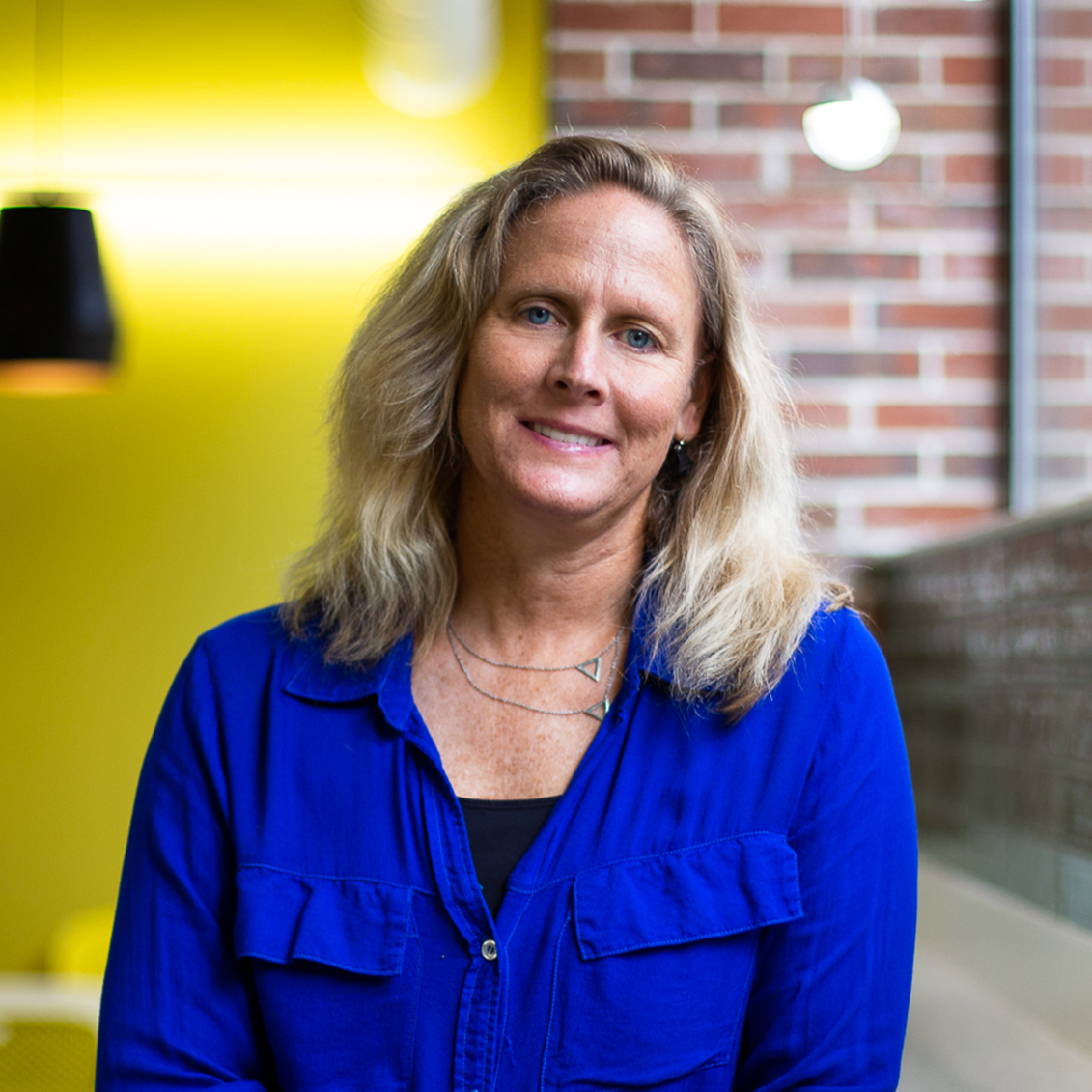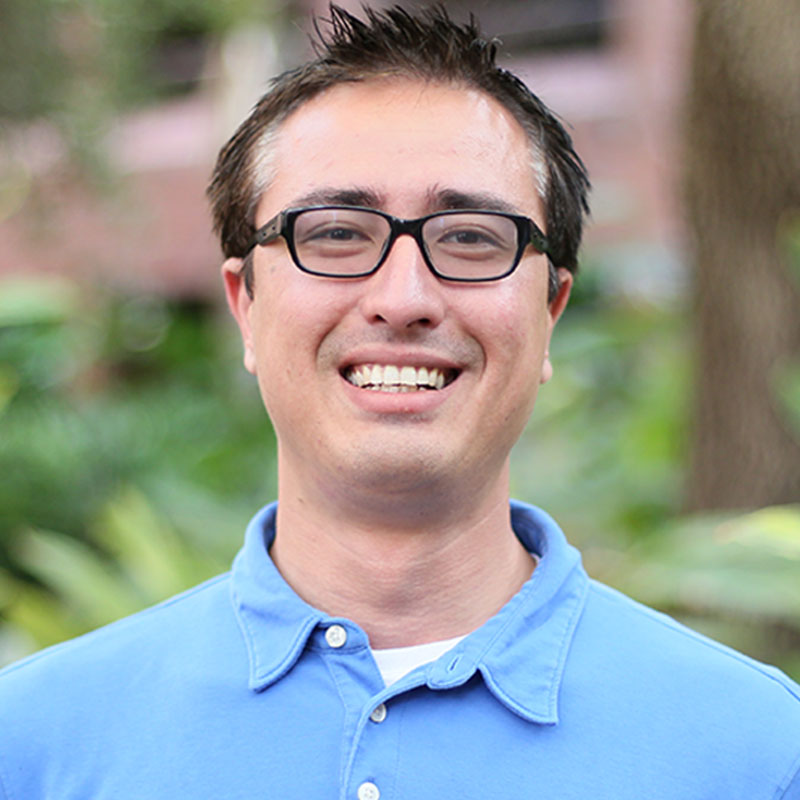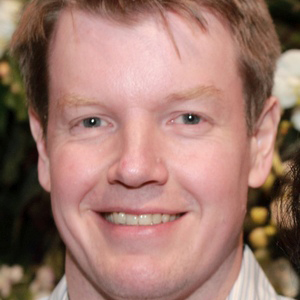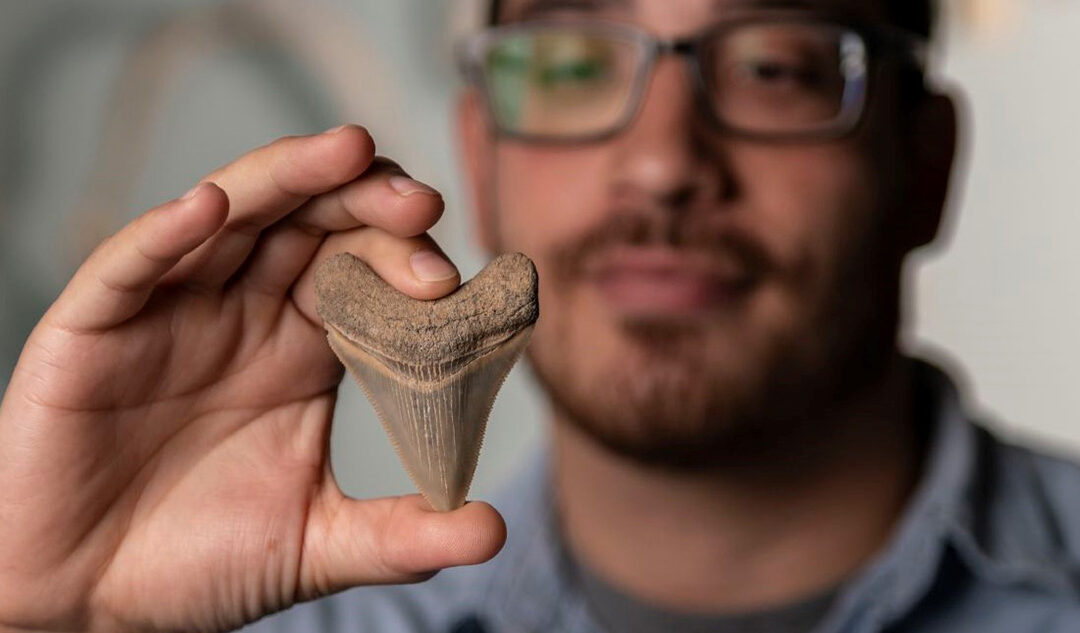
UF Researchers Earn Grant to Teach Middle Schoolers About Shark Teeth Using AI
This story was originally published at news.ufl.edu and floridamuseum.ufl.edu.
With the goal of recruiting more students to STEM and computer science careers, a team from the University of Florida’s Thompson Earth Systems Institute (TESI), the College of Education and the Herbert Wertheim College of Engineering will partner with the Calvert Marine Museum in Maryland on a three-year, $1.3 million project funded by the National Science Foundation to teach Florida middle school teachers and students how to use artificial intelligence (AI) to identify fossil shark teeth.
Using a branch of AI called “machine learning,” humans will teach computers how to use shape, color and texture to identify the teeth of the extinct giant shark megalodon.
Like dinosaurs, sharks are a charismatic group of animals that excite students, says Bruce MacFadden, director of TESI and one of the project’s principal investigators. As a hotspot for fossil shark teeth, Florida is the perfect location for this kind of program. Additionally, teachers will have access to the Florida Museum of Natural History’s collection of tens of thousands of shark specimens.
“Sharks are the hook to get them interested and, with their simple morphology, are easy specimens to identify using AI. Once we have the students’ attention, we will be able to work on how machine learning can help them answer other scientific questions,” said MacFadden, who is also a distinguished professor and paleontologist at the museum.
Students will first be tasked to make scientific observations of various tooth characteristics to feed into the computer algorithm. Once students teach the computer how to identify megalodon teeth, they will use the same method to identify other types of sharks’ teeth found along Florida’s beaches and river bottoms.
Co-principal investigator Victor Perez, a UF alumnus and an expert on extinct sharks such as megalodon, is now a paleontologist at the Calvert Marine Museum in Maryland.
“Using sharks as examples, we hope to dispel some of the myths that go along with AI, so that students can better understand possible careers around technology and computer science,” Perez said.
A core component of the project will be annual professional development workshops where 76 middle school teachers will work alongside paleontologists, education researchers and engineers to develop standards-based lesson plans. Preference will be given to teachers from schools that receive Title I funds to provide additional resources for low-income students. The customizable lesson plans and interactive machine learning models will be available on the project’s website for any teacher to access for free.
“The lesson plans developed by teachers and the project team will integrate science content, computer science and engineering skills, and discovery of career pathways for the benefit of middle school teachers and their students,” said Pasha Antonenko, associate professor of educational technology in the UF College of Education, and one of the project’s co-principal investigators.
“With this project, we will not only enhance students’ interest in science, but also introduce them to machine learning methods.”
The teachers will be recruited through TESI’s Scientist in Every Florida School (SEFS) program, which was one of eight pilot projects launched in 2019 with funding from UF’s Moonshot Initiative. SEFS is the first statewide program of its kind that matches working researchers with K-12 classrooms in the state. More than 900 teachers have participated in SEFS since its launch in 2019.
“We have developed close relationships with teachers and school districts in 41 counties and counting,” said Brian Abramowitz, K-12 education and outreach coordinator for SEFS. “The teachers have come to know and trust our professional development programs, and we are excited to recruit them for this exciting new venture.”
The project helps further the university’s goal of becoming a national leader of AI development and application. UF is currently home to the most powerful university-owned supercomputer in the U.S.
Co-principal investigator Jeremy Waisome, an instructional assistant professor in the UF Herbert Wertheim College of Engineering, will be responsible for helping students and teachers develop and understand machine learning models. At the same time, the team will be analyzing student and teacher perceptions of AI in science.
“We hope to understand ways to integrate AI in science classrooms that are accessible, engaging and exciting,” Waisome said. “We believe this foundational knowledge will inspire students to consider careers in STEM.”
Sources:
Bruce MacFadden, bmacfadd@flmnh.ufl.edu, 352-362-3072
Pasha Antonenko, p.antonenko@coe.ufl.edu, 352-273-4176
Brian Abramowitz, babramowitz@floridamuseum.ufl.edu, 516-225-9390
Jeremy Waisome, jwaisome@eng.ufl.edu
Writer:
Rebecca Burton, rlburton@floridamuseum.ufl.edu, 850-316-1555
Featured image:
Victor Perez holds tooth of extinct giant shark Megalodon. Florida Museum photo by Kristen Grace
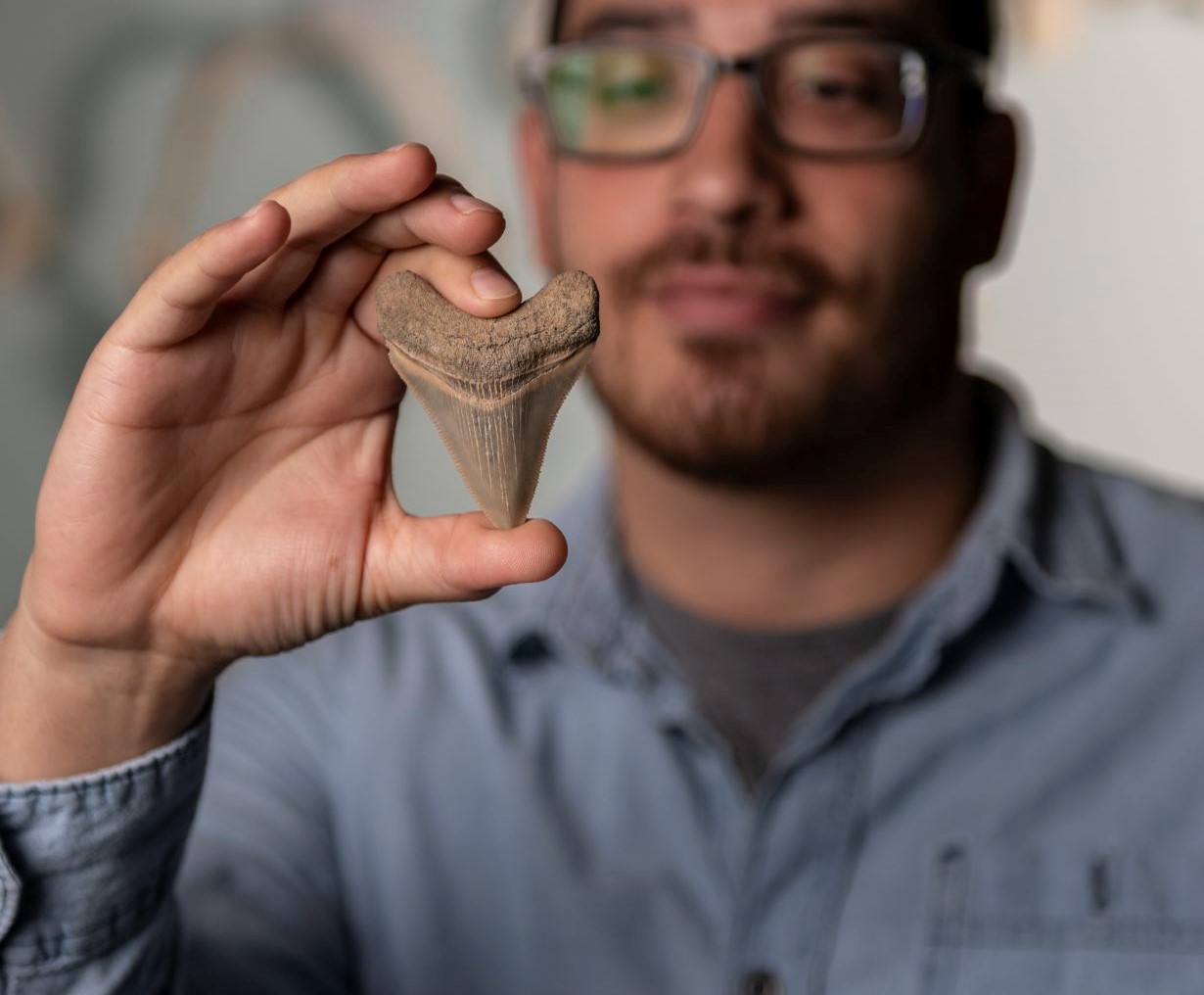
Victor Perez holds tooth of extinct giant shark Megalodon




